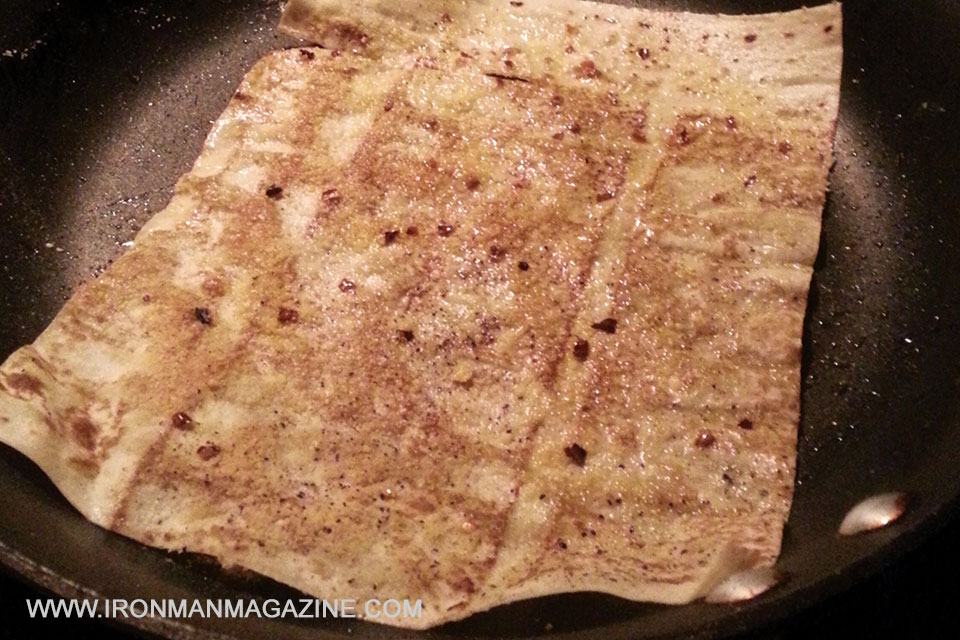WHY ARE MACROS IMPORTANT?
#1. You’ll know what you’re eating.
Do you just eat less to lose weight? How much less? Less meat and more fruit? Or just less fat and more protein? As you can see it can get confusing. If you don’t know your macros you probably don’t know how much food you’re eating (and knowing macros is more important than knowing total calories)
If you’re not sure how many grams of protein, carbs or fat you need to eat in order to change your body composition (lose weight, build muscle) you stand little chance at being successful in attempting any transformation type program.
#2. You’ll know if you are over eating or under eating.
I would bet you grossly underestimate how much you eat. If you aren’t tracking you really have no clue and your more likely to say you ate less. Here’s one study and another study that show the majority of people underestimate how much they consume. The crazy thing is it can be anywhere from 10%-40%. If that’s the case you stand zero chance of actually making long-term progress.
#3 You’ll know so you can make adjustments for better results.
If you have a starting point you’ll be able to see how your body responds to what you’re eating. Over the course of time your body will change meaning adjustments are crucial to avoid plateauing. If you are clueless from the get go good luck trying to adjust.
HOW DO YOU DO IT
For the sake of this example we’re just going to look for the Fats, Proteins, and Carbs. Not the micronutrients or anything else (that’s for another day).
The first macro that you see is Total Fat. Certain foods will also have it broken down even more (Saturated, Polyunsaturated, monounsaturated, and trans fat) but really pay attention to the TOTAL. It is 3 grams.
The second macro that you see is the Total Carbohydrates. It’s 21 grams. (You could potentially subtract the dietary fiber from the total due to minimal impact on blood sugar, don’t worry about that here)
Lastly, the third macro is Protein. It’s 2 grams.
So let’s add them up.
• 3 g x 9(fat) = 27
• 21 g x 4(carbs) = 84
• 2 g x 4(protein) = 8
27 + 84+ 8 = 119
Total is roughly 119 calories which is pretty freakin close to the 120 that you see at the top.
That’s it.
As long as you have the nutrition facts you have the ability to count macros.
For foods that don’t have a label, search the internet. If you’re trying to find out how many grams are in fruits or vegetables the easiest way to do it is google. Type in how many grams of xx is a sweet potato and you will most likely find the whole macro profile.
GETTING STARTED
So now you’re ready to get started. Here’s what you need to do.
Set up an account on myfitnesspal.com
Start tracking by selecting the foods you eat. The nice thing about myfitnesspal is the database. They have just about every food known to man programmed in. They also have data from restaurants which is nice if you want to smash a chicken bowl from chipotle. (Understand that it’s still a guestimate and probably not 100% accurate, just be cautious)
You can program certain meals so if you eat the same breakfast it becomes much easier to track. The more you get used to the software the easier it becomes.
Best Practices:
- Measure/weigh foods raw or uncooked. For example, measure out 1 cup of oats uncooked. Not after you cook them. This means you need to buy measuring cups and a scale.
- Fruits and vegetables should be weighed as well. It’s too subjective to eat 1 medium sized banana. I mean really, what does that mean? Cut it up, put it on a scale and find out how many oz. it is, then search the serving size online or in my fitness pal.
- Recipes – This is somewhat of a pain. You will have to do your best to measure everything out in the whole recipe. Figure out how many servings for the recipe and plug it all in on my fitness pal. (If you have a better idea please share it so I can pass it on)
- Eating out – Best option would be to look on the restaurant’s website where they have nutrition facts. Most meals are in myfitnesspal especially if they are popular chain restaurants. Once again, be careful what you input as it might be inaccurate.
- I’ve had clients input all of their meals before the day begins. This way they know exactly what they need to eat and won’t deviate from their plan. You can also avoid eating too much too early or not enough too late.






















You must be logged in to post a comment Login